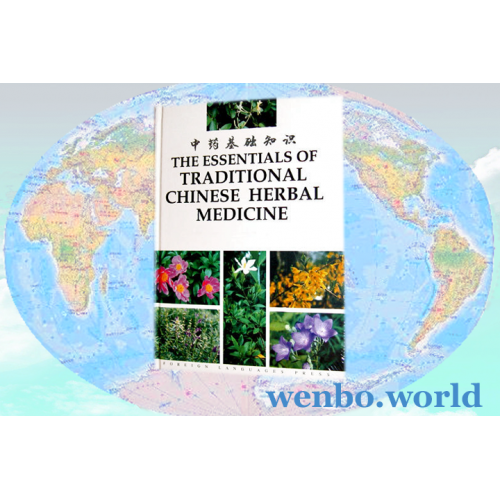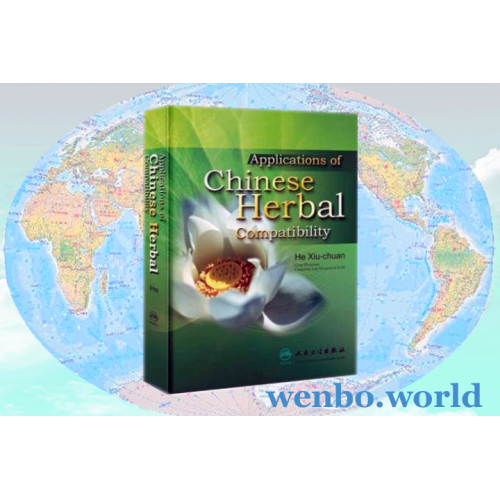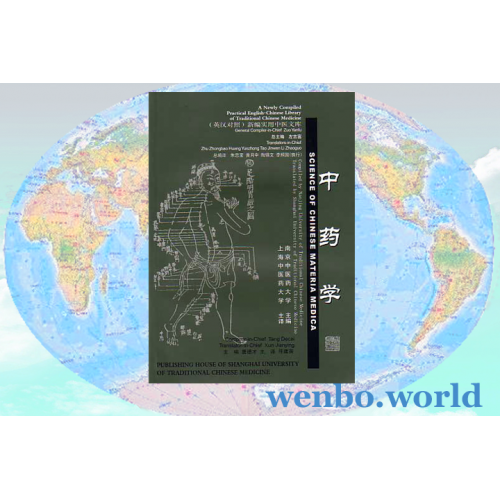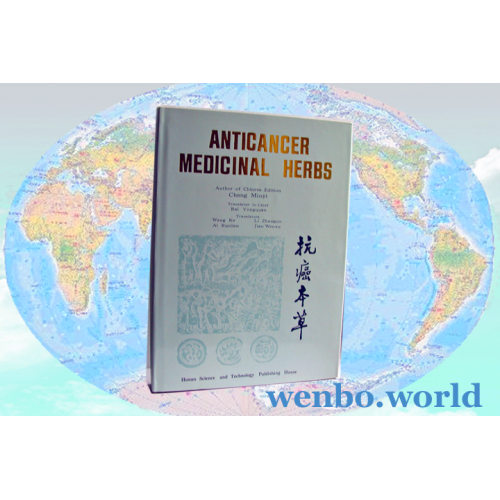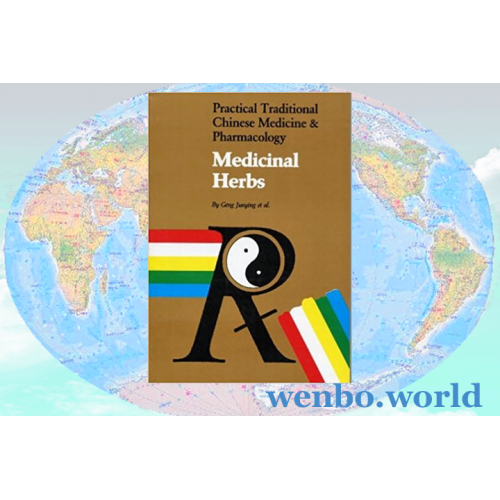The Essentials of Traditional Chinese Herbal Medicine
- Brand: Publishers of China
- Model: 2003hc
- SKU: b00herbalm
- ISBN: 7119024132
- Reward Points: 200
- Availability: 2-3 Days
-
- Price in reward points: 3999
A companion volume to the Fundamentals of Traditional Chinese Medicine introduces nearly 200 commonly used Chinese herbs and their prescriptions, and patent drugs.
Title: The Essentials of Traditional Chinese Herbal Medicine
Author: LIU Ganzhong, XU Qiuping & WANG Tai
Language: English
Beijing Foreign Languages Press, 2003
Hardcover, 260 x 185mm, 340pp
ISBN: 7119024132 9787119024134
A companion volume to the Fundamentals of Traditional Chinese Medicine, authored by leading TCM specialists, and presented in two parts: general introduction and separate explanations. The first section summarizes the history and sources of Chinese herbal medicines, processing methods, properties, pharmacology and rules for clinical practice. The second section introduces, in detail, nearly 200 commonly used Chinese herbs and their prescriptions, and patent drugs. It also explains the provenance, appearance, and methods of processing, properties, efficacy, functions, pharmacology and clinical applications. With its 180 colored illustrations, this book an essential guide to the application of traditional Chinese drugs.
Traditional Chinese Materia Medica (TCMM) is an important integral part of traditional Chinese medicine (TCM). The items of TCMM increased steadily through the daily practice of ancient people in their search for food, long before the formation of the theory of TCM. The theory of TCMM was, however, formed under the guidance of TCM theory, gradually becoming sophisticated and comprehensive. TCMM treatment is a very important part of TCM practice.
The practice of TCMM is guided by "bian zheng", or overall analysis of symptoms and signs. Zheng in TCM is very similar to the concept of syndrome in modem medicine. Zheng involves symptoms and signs in a number of internal organs (zang and fu). it involves also yin and yang, exterior and interior, qi and blood, coldness and heat, and warmth and coolness. All these factors should be considered in prescribing TCMM. The classification of TCMM is, therefore, also based on these factors. And for the same reason, TCMM is rarely prescribed as a single drug. They are usually 2-3 drugs in a prescription, or even more than ten drugs.
For the convenience of readers, especially those who have modem medical knowledge, modem research findings concerning the active principles in pharmacological action of TCMM are listed briefly to illustrate the effects, indications and clinical uses of TCMM, as stated in TCM terminology. The illustration is, however, very brief and incomplete due to shortage of space and also lack of more detailed data of TCMM, which contains many chemical compounds difficult to study at the present time. Readers who are interested in more detailed data may consult related publications.
Tags: Chinese herbal formulas, medicinal herbs, Chinese medicine
Related Products
Applications of Chinese Herbal Compatibility
Provides a detailed explanation on combining 120 compatible herb groups in conjunction with the analysis of their function, application, and compatibility, with..
Science of Chinese Materia Medica
Specific Discussions, containing 236 kinds of Chinese medicinal herbs (including 10 kinds of added medicines), is divided into 16 chapters according to their sp..
Anticancer Medicinal Herbs
by Chang Minyi. This book introduces the practical value of anticancer herbs and herbal prescriptions used commonly both at home and abroad. Title: Anticance..
Medicinal Herbs
provides detailed and essential information as required for the construction of herbal prescriptions on the respective properties, tastes, therapeutic functions..

